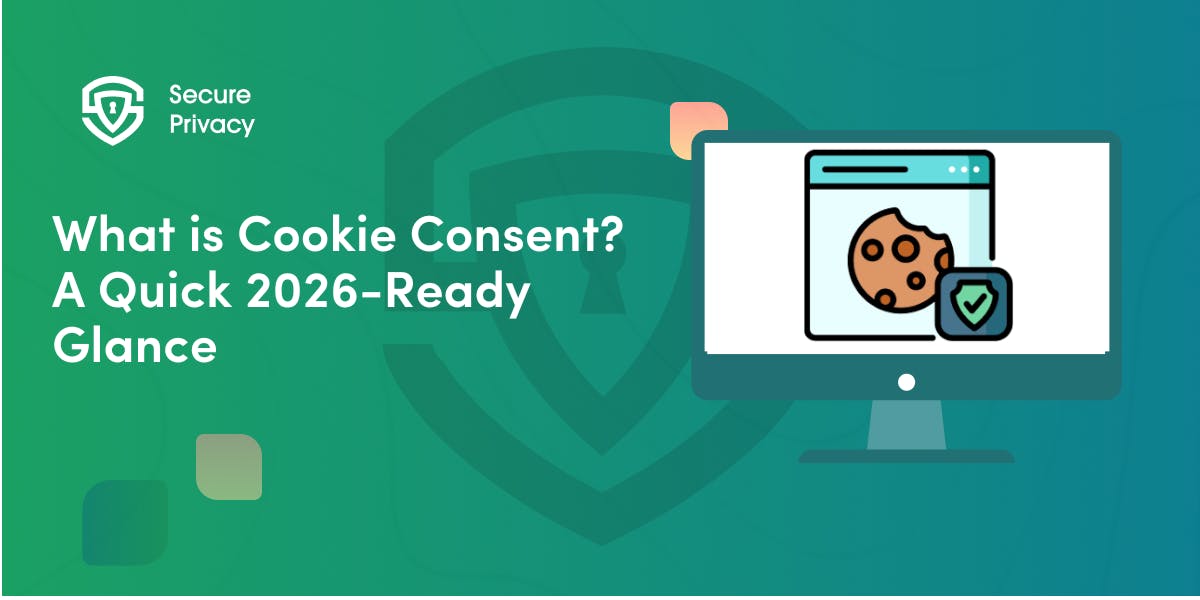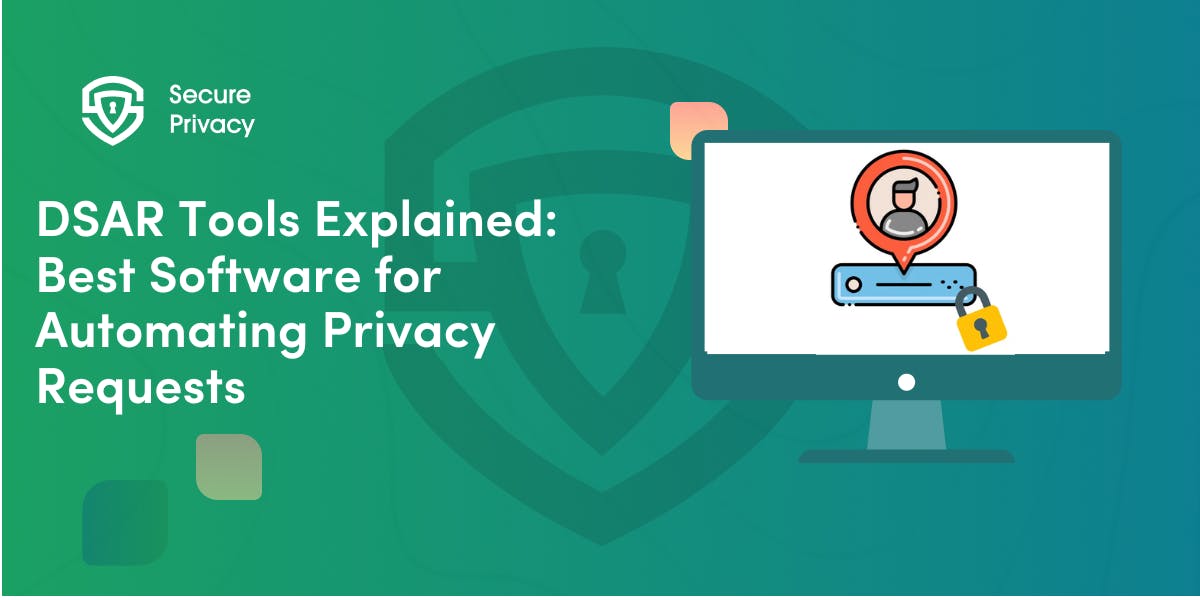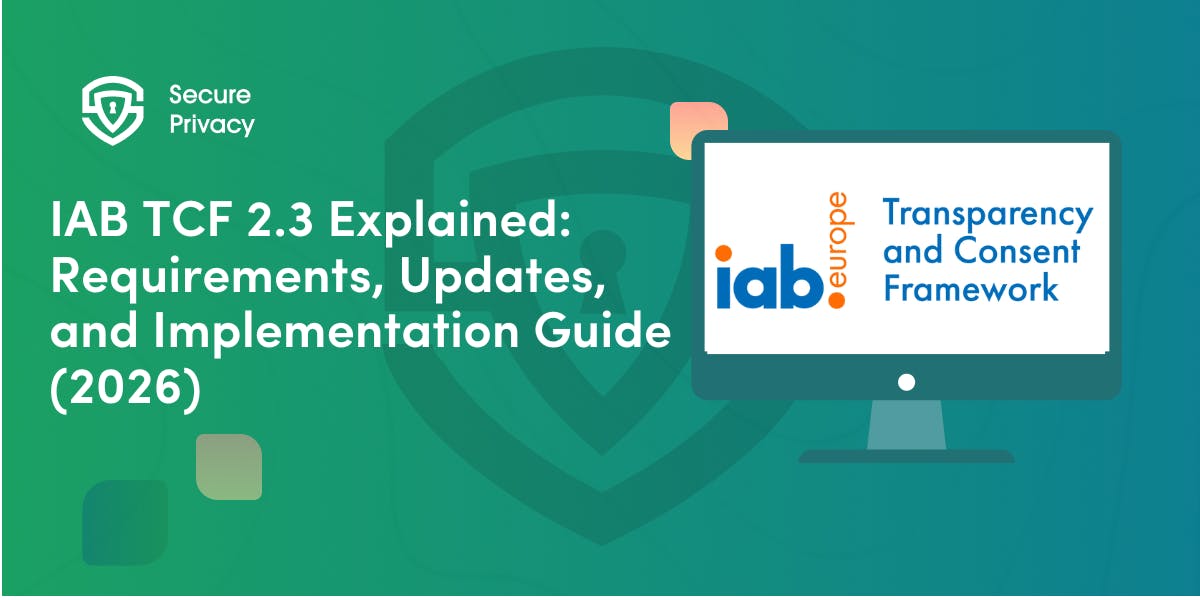Systems Inventory & Data Mapping for Privacy Compliance
Organizations using multiple applications and IT systems need to track how personal data moves through their technology infrastructure. Systems module privacy software helps Data Protection Officers and privacy teams document every system that processes personal data. It also tracks compliance status across the entire technology ecosystem.
Privacy regulations like GDPR and CCPA require organizations to maintain detailed records of all systems handling personal data. This requirement goes beyond traditional IT asset management to include data flow mapping, processing purpose documentation, and ongoing risk assessment. IT system inventory for GDPR requires living documentation that continuously updates as systems change and new applications get deployed.
The Systems module provides central management for personal data processing systems tracking. This enables privacy teams to maintain regulatory compliance while giving IT teams visibility for security and risk management. This dual-purpose approach ensures privacy compliance efforts align with broader organizational security and governance initiatives.
[Learn how you might be affected in the wake of OneTrust's Private Equity Deal]

Prioritizing user privacy is essential. Secure Privacy's free Privacy by Design Checklist helps you integrate privacy considerations into your development and data management processes.
Purpose and Functionality
The Systems module works as your organization's main registry for all applications, databases, and IT infrastructure that processes personal data. This data mapping software for DPOs goes beyond simple asset catalogs to document the complete privacy and compliance context of each system.
Essential Documentation Elements
Each system record captures critical information that regulators expect during audits:
System Identification: Document the system name, type (application, database, website, file system, API), and main business purpose. This creates the foundation for complete system tracking and regulatory reporting.
Data Processing Details: Record what types of personal data each system handles. Be specific about data types including names, email addresses, phone numbers, financial information, health records, or location data. Understanding specific data types helps assess regulatory requirements and determine appropriate security controls.
Security Measures: Document encryption status for data at rest and in transit. Include access control mechanisms, authentication methods, and authorization models. Document backup procedures, disaster recovery capabilities, and security monitoring systems.
Compliance Status: Track which privacy regulations apply to each system including GDPR, CCPA, HIPAA, and PIPEDA. Maintain records of compliance certifications like SOC 2 or ISO 27001. Document audit results and track remediation activities.
Data Flow Mapping: Map data collection points where personal data first enters your organization. Document data transfers between internal systems and to third-party processors. Track storage locations and identify deletion workflows.
Step-by-Step Usage Guide
Accessing System Management
Navigate to the Systems page from your main dashboard. The systems inventory displays all registered systems with filters for system type, compliance status, risk level, and data sensitivity.
Click "Add System" to create a new system record. This opens a complete form where you'll document all relevant system details.
Creating System Records
Fill in system identification information. Include the system name and a detailed description explaining its purpose and functionality. Choose the type from categories like SaaS application, on-premises database, website, mobile application, file system, or API service.
Document the specific data types this system processes. Use pre-defined categories that align with regulatory definitions or add custom classifications specific to your organization's needs. Be as specific as possible - rather than just "contact information," specify "names, work email addresses, job titles, and business phone numbers."
Specify the business purpose for this system with clarity. Common purposes include marketing campaign management, customer service operations, HR and employee management, financial transaction processing, or analytics and business intelligence.
Assigning Responsibility
Assign a system owner who manages business decisions about the system. This person approves changes to data processing purposes and serves as the main contact for privacy questions. The system owner typically comes from the business unit using the system.
Designate a technical lead responsible for security configurations and system maintenance. This person handles technical compliance and serves as the escalation point for technical privacy issues. This role usually belongs to IT or engineering teams.
Adding clear ownership creates accountability for system risk assessment for privacy and ongoing compliance maintenance. It also makes rapid response easier when privacy incidents occur.
Documenting Security
Record technical security measures protecting personal data. Document encryption algorithms and key management for data at rest and in transit. Record access controls including multi-factor authentication and single sign-on capabilities.
Document backup procedures including frequency, retention periods, and encryption status. Include disaster recovery capabilities with recovery time objectives and recovery point objectives.
Key Features
System Inventory Dashboard
The dashboard provides visibility into your entire technology ecosystem. View system counts by type, compliance status by regulation, and risk distribution across your portfolio.
Filter systems by data type to identify applications processing sensitive information like health records or financial data. Search by system owner to see all systems managed by specific business units. Create custom views highlighting systems needing immediate attention.
The dashboard includes trend analysis showing how your system portfolio changes over time. This helps identify patterns in system adoption or compliance improvement.
Risk Assessment Integration
System risk assessment for privacy evaluates each system's potential impact on privacy rights and organizational compliance. The module automatically flags systems needing Data Protection Impact Assessments based on data sensitivity and processing purposes.
Risk scores consider data volume and sensitivity levels, geographic data transfers, third-party access, security control maturity, and regulatory requirements. This enables prioritized remediation planning with resources focused on highest-impact systems.
Data Flow Visualization
Visual diagrams show how personal data moves through your technology. These diagrams identify collection points, processing systems, storage locations, and third-party sharing in easy-to-read graphics.
Export diagrams in various formats for stakeholder presentations, regulatory submissions, or training materials. Update flows as systems change to maintain accurate documentation.
Common Use Cases
Maintaining System Records
GDPR system documentation requires organizations to maintain detailed records of all systems processing personal data under Article 30. Use the Systems module to create complete inventories meeting record-keeping obligations.
Schedule quarterly reviews of high-risk systems processing large volumes of sensitive data. Conduct annual reviews of all systems to verify accuracy and update security measures or compliance status.
Supporting Data Mapping
Data mapping software for DPOs enables systematic documentation of data flows throughout your organization. Start with customer-facing systems collecting personal data directly, then progressively map internal processing and storage.
Understanding data flows to external vendors is critical for GDPR Article 28 compliance. When using external processors, document:
Vendor identification including company legal name, service type, and privacy contact information.
Data categories transferred with specific detail like customer names, work emails, purchase history, or payment information. Being precise enables accurate risk assessment.
Processing purpose explaining why you send data to this vendor. Common reasons include email marketing campaigns, payment processing, cloud storage, or analytics.
Data location documenting where vendors store data for international transfer compliance. Note whether data stays in the EU, transfers to the US, or moves to other jurisdictions.
Security certifications tracking the vendor's SOC 2 reports, ISO certifications, or industry certifications.
[Learn how you might be affected in the wake of OneTrust's Private Equity Deal]
Vendor Management Functions
This documentation serves two critical functions:
Vendor Risk Assessments: Track which vendors have been vetted, which handle sensitive data needing extra oversight, and when re-assessments are due. Maintain historical records of vendor compliance performance.
Data Processing Agreement Compliance: Keep records of which vendors have signed agreements. Track what each agreement covers and whether vendor practices match contractual terms. Monitor compliance through ongoing oversight.
[Learn how you might be affected in the wake of OneTrust's Private Equity Deal]
Privacy Risk Assessment
Evaluate each system's privacy and security risk to prioritize remediation. High-risk systems trigger automated DPIA workflows guiding teams through complete privacy impact analysis. Medium-risk systems receive enhanced monitoring. Low-risk systems follow standard oversight.
Audit Reporting
Generate reports for internal audits, external assessments, and regulatory inquiries. Export system records in formats suitable for submissions including PDF reports or Excel spreadsheets. Maintain version history showing compliance program evolution.
Troubleshooting
If you cannot add new systems, verify your user account has appropriate permissions. Contact your privacy program administrator to request system management access.
Make sure systems are properly categorized by type and data classification. Wrong categorization affects risk scoring and compliance reporting. Review data flow connections to verify they match current integrations. Remove outdated connections when systems are retired.
Organizational Benefits
Privacy management IT systems provide complete views of how personal data flows through your organization. This visibility helps privacy teams, IT security, legal counsel, and business stakeholders make informed decisions.
Understanding data flows helps identify redundant data storage that increases risk and costs. It helps optimize data retention and reduce unnecessary data collection. These improvements lower compliance risk and operational costs.
Central documentation simplifies compliance with multiple regulations. GDPR system documentation and CCPA system inventory requirements share common elements. The Systems module captures information once and applies it across frameworks.
DPO systems oversight tools help privacy teams, IT departments, and business units collaborate effectively. Shared system records ensure everyone uses consistent information about data processing.
System owners receive automated notifications when compliance reviews are due, when privacy incidents affect their systems, or when regulatory changes impact processing activities. This distributed accountability strengthens privacy governance.
As organizations grow, personal data processing systems tracking becomes more challenging. The Systems module scales to support enterprises with thousands of applications while staying simple for smaller organizations.
The Systems module transforms privacy compliance from a documentation burden into a strategic asset. Organizations gain visibility into their data ecosystem, identify privacy risks proactively, and demonstrate compliance readiness to regulators and customers.
Get Started For Free with the
#1 Cookie Consent Platform.
No credit card required

What is Cookie Consent? A Quick 2026-Ready Glance
Your website loads. Cookies track users. But without proper cookie consent, you're violating GDPR — risking fines up to €20 million or 4% of global revenue. Cookie consent is the legally required mechanism by which websites obtain explicit user approval before deploying non-essential tracking technologies. This requirement stems from GDPR Article 4(11) and the ePrivacy Directive, mandating that consent must be freely given, specific, informed, and unambiguous.
- Legal & News

DSAR Tools Explained: Best Software for Automating Privacy Requests
You're drowning in data subject access requests. Manual searches through dozens of systems miss regulatory deadlines and expose organizations to fines starting at $2,500 per violation. The solution? DSAR tools — purpose-built software that automates the entire process of responding to data subject access requests, from intake to delivery.
- Legal & News

IAB TCF 2.3 Explained: Requirements, Updates, and Implementation Guide (2026)
Your ad revenue dropped 40% overnight. Google stopped bidding on your inventory. Your DSP partners flagged your traffic as non-compliant. The culprit? An outdated TCF 2.2 consent string after the February 2026 enforcement deadline.
- Legal & News
- Cookie Consent
